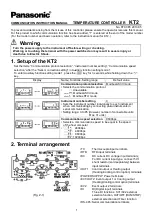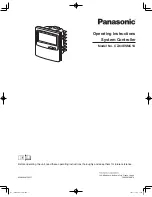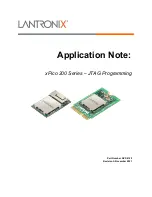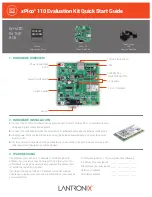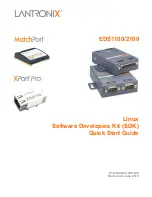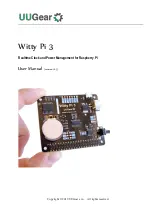
Operation
en
Installation and operating instructions Wilo-Control EC/ECe-Booster
65
Wilo-Control ECe-Booster
p
Q
1
2
3
5
a
b
c
Fig. 24:
Functional diagram for Control ECe-
Booster
a
1-pump operation
b
2-pump operation
c
3-pump operation
1
Reference setpoint
2
Activation threshold
3
Deactivation threshold
5
Load-sensitive speed control
During normal operation, the system maintains the pressure at the reference setpoint
by comparing the setpoint and actual value. Control is provided by the load-sensitive
speed control of the pumps. A pressure sensor measures the actual pressure value. If
the pressure falls below the activation threshold, the first pump switches on and is used
as the base-load pump with load-sensitive control. If the base-load pump cannot cover
the power requirement at maximum speed, a second pump is switched on when the
system falls below the reference setpoint. The second pump becomes the base-load
pump with load-sensitive control. The previous base-load pump continues to run at
maximum speed as a peak-load pump. This procedure is repeated as the power require-
ment increases until the maximum number of pumps has been reached.
When the power requirement decreases, the pump currently acting as base-load pump
is switched off when it reaches its minimum speed and simultaneously exceeds the ref-
erence setpoint. A pump that was previously acting as a peak-load pump becomes the
base-load pump and takes over the control. This process repeats as the power require-
ment decreases until only one pump remains working as a base-load pump. If the deac-
tivation threshold for the base-load pump is exceeded, the system turns off the base-
load pump. During operation, a visual indicator appears on the LCD display and the
green LED lights up. To optimise pump running times,
pump cycling
is carried out regu-
larly.
In the event of a fault, the system automatically switches to a different pump. The error
code is shown on the LCD display and the red LED lights up. The outputs for the collect-
ive fault signal (SSM) and individual fault signal (ESM) are activated.
If the
low water level
in the break tank (dry-running protection) is reached, all pumps
are switched off. The error code is shown on the LCD display and the red LED lights up.
The output for the collective fault signal (SSM) is activated.
7.1.1
Pump cycling
The base-load pump is regularly switched in order to prevent irregular running times of
the individual pumps. When all pumps are switched off, the base-load pump will change
the next time the system is activated.
Additionally, repeated pump cycling is activated as a factory setting. This causes the
base-load pump to be switched every 6 hours.
NOTICE! To deactivate this function:
Menu 5.60!
7.1.2
Standby pump
One pump can be used as a standby pump. This pump is not activated during normal
operation. The standby pump is only activated in the event of pump failure due to a
fault. The standby pump is subject to standstill monitoring. The standby pump is there-
fore activated during pump cycling and pump kick.
7.1.3
Low water/dry-running protec-
tion
The water level in the break tank can be monitored using a pressure or float switch and
on the switchgear. Observe the following points:
▪ Contact type: normally closed contact
▪ Low water: the pumps are switched off after the delay time has elapsed (Menu 5.64).
The error code is shown on the LCD display.
NOTICE! If the contact is closed again during the delay time, deactivation will not
occur!
▪ Reactivation: When the contact has been closed and the delay time has elapsed (menu
5.63), the system will start automatically.
NOTICE! The fault will be automatically resolved, but will be stored in the fault
memory!
Summary of Contents for Control EC-Booster
Page 2: ......
Page 46: ...de Anhang 46 WILO SE 2019 07 Legende R nur Lesezugriff RW Lese und Schreibzugriff ...
Page 606: ...nl Bijlage 606 WILO SE 2019 07 Legenda R alleen leestoegang RW lees en schrijftoegang ...
Page 692: ...pl Załącznik 692 WILO SE 2019 07 Legenda R tylko dostęp odczytu RW dostęp odczytu i zapisu ...
Page 1208: ......
Page 1209: ......
Page 1210: ......

































